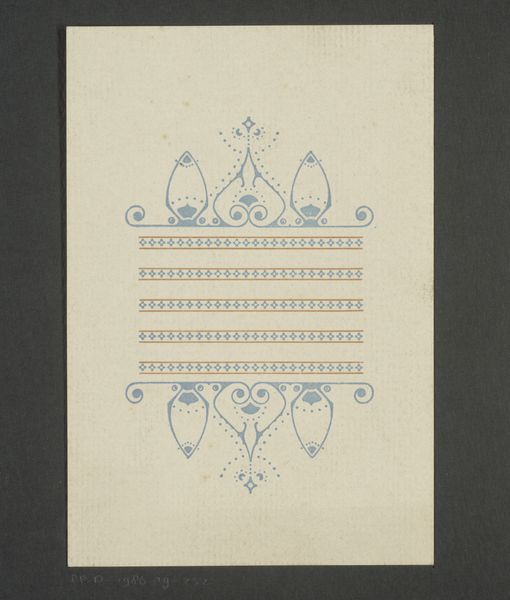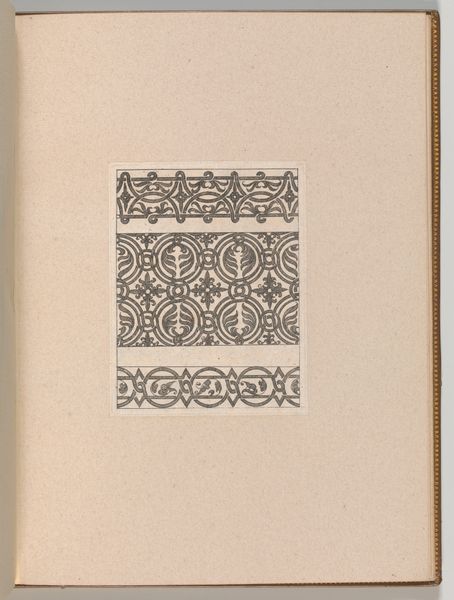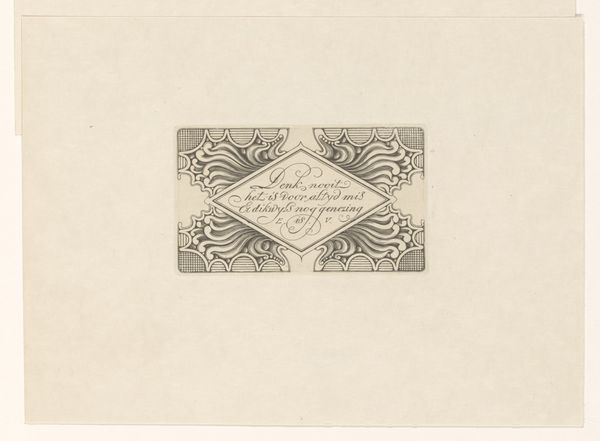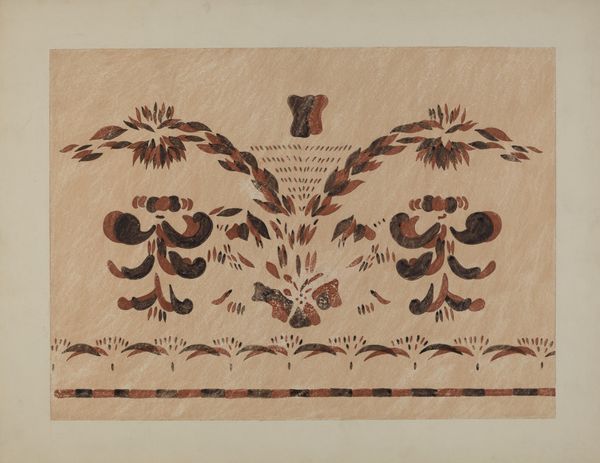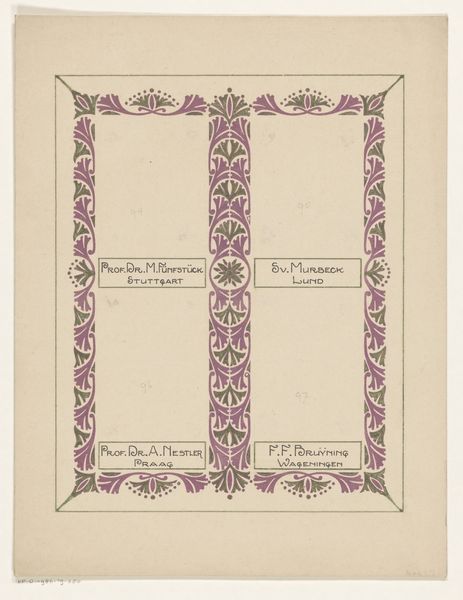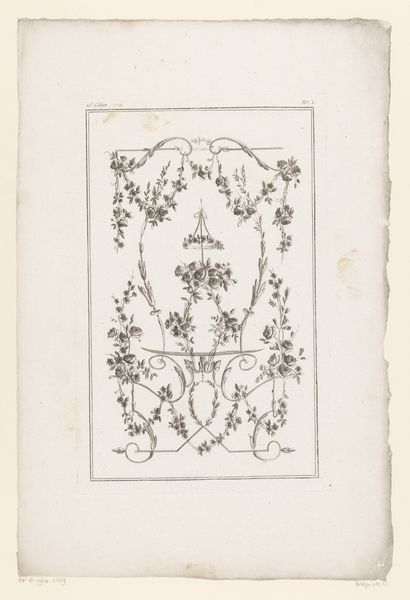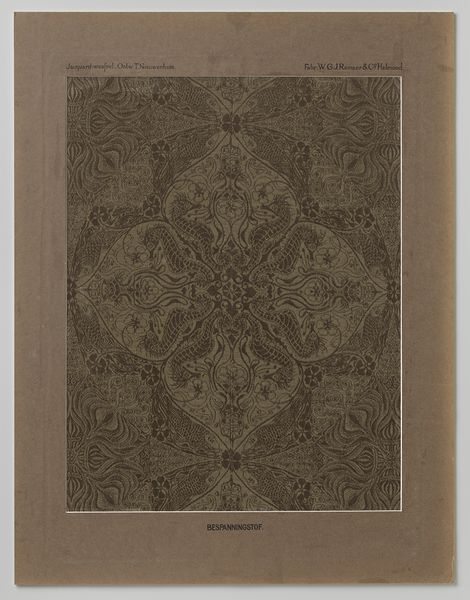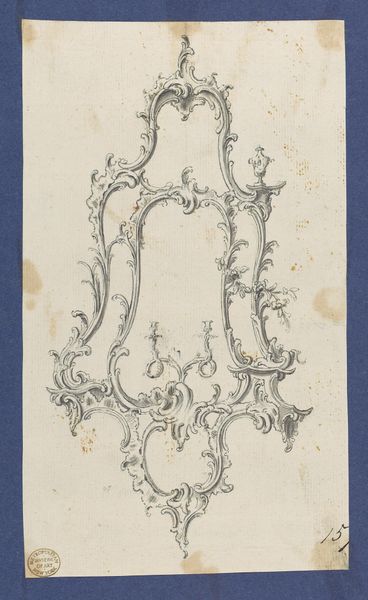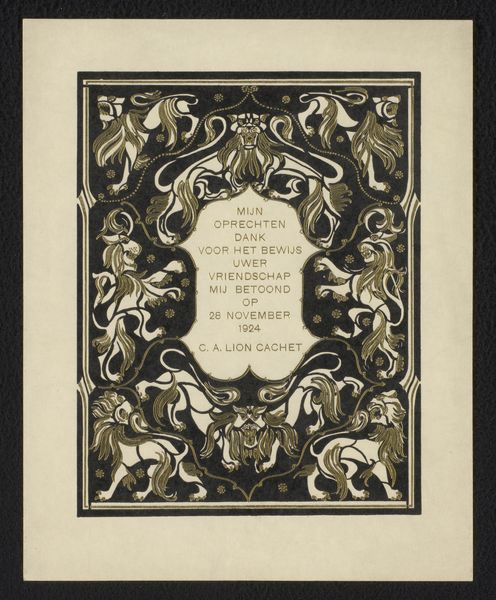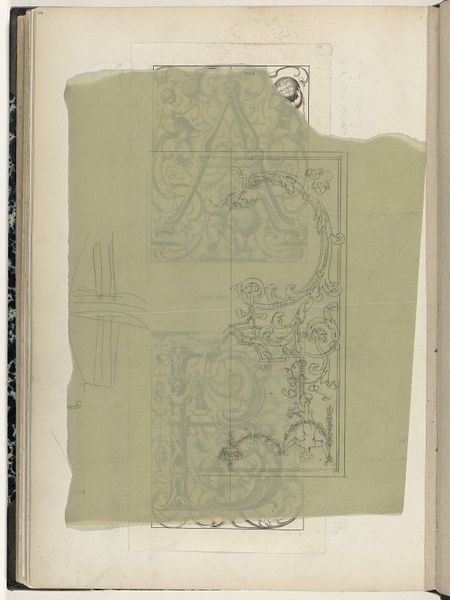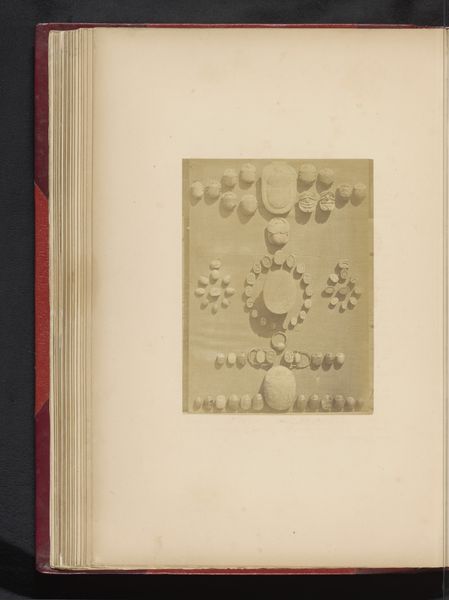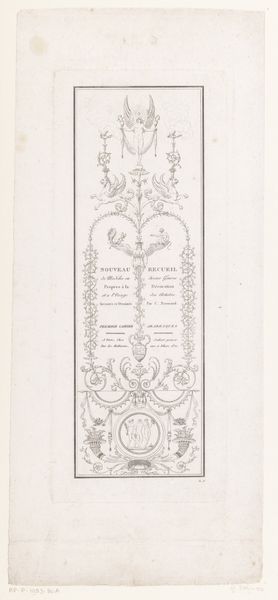
Advertentie met spreuk, horizontale lijnen en ornamenten 1884 - 1952
0:00
0:00
graphic-art, print, typography, poster
#
graphic-art
#
art-nouveau
# print
#
typography
#
poster
Dimensions: height 127 mm, width 84 mm
Copyright: Rijks Museum: Open Domain
Editor: Here we have an advertisement, a print created by Reinier Willem Petrus de Vries, sometime between 1884 and 1952. It’s a poster with text and decorative elements reminiscent of the Art Nouveau style. It gives a nostalgic and decorative mood... What do you make of it? Curator: Considering this advertisement's production period, it is important to consider the labor and social context in printmaking at that time. It reflects the development of print technology in the service of promoting certain values related to workmanship. Is the phrase a popular saying in its own time? And the design is calling out to an elite consumer to think better before commenting. Editor: Yes, the saying essentially translates to "Many are quick to criticize, but not so quick to create something better themselves." How does the Art Nouveau style play into this message, do you think? Curator: Notice how the ornament does not hide the functionality of delivering the message. Art Nouveau often blurs the lines between craft and industrial production; what does it tell us about social class aspirations? It elevated the decorative arts, attempting to democratize beauty, or at least, the *appearance* of beauty through mass production. However, what kind of work does it speak to? Editor: That's interesting, to see the ad speaking against laziness using art that looks both luxurious and industrially reproducible. So, it sort of masks that social division through a seemingly beautiful, yet widely available product? Curator: Precisely! The ornament works ideologically to downplay labor divisions involved in its own means of reproduction and access, prompting us to rethink boundaries of taste and class in an industrial era. What else does it tell you? Editor: I learned to consider design elements as both aesthetic choices and reflections of broader socio-economic forces and their associated assumptions. Thanks for the perspective. Curator: My pleasure. Considering the process of printing brings fresh eyes to the work’s content.
Comments
No comments
Be the first to comment and join the conversation on the ultimate creative platform.
